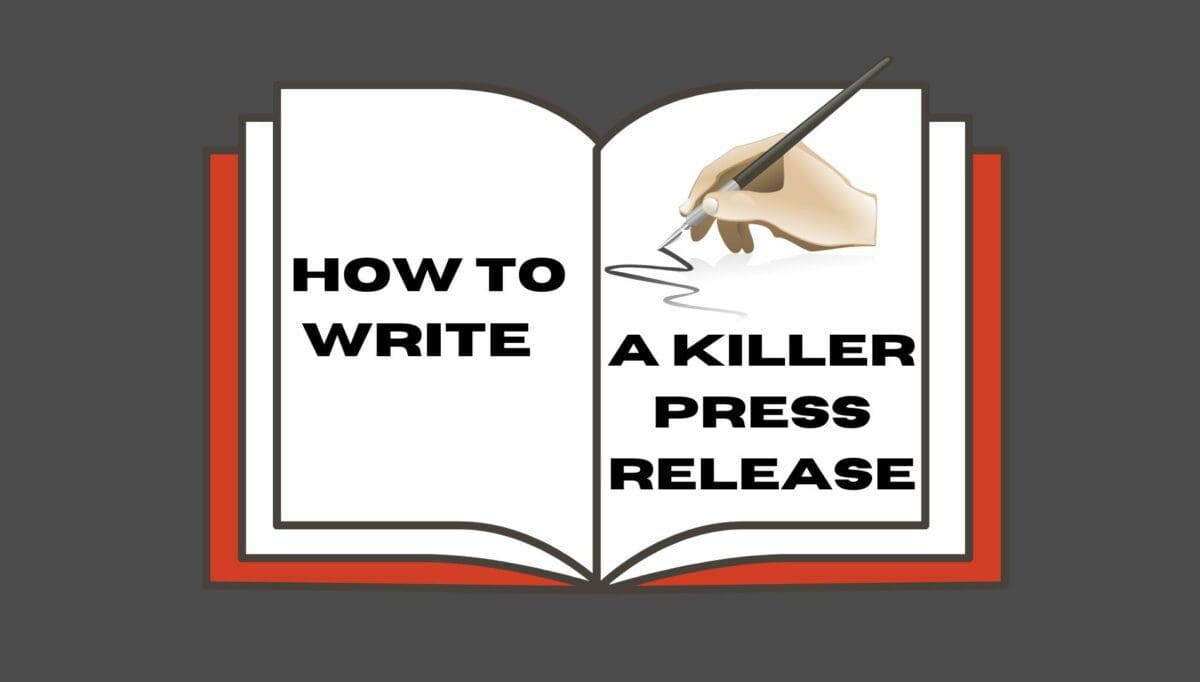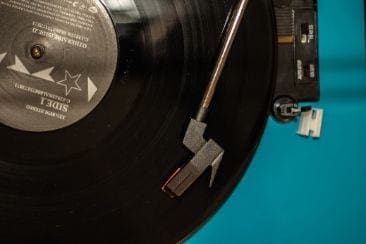Whether you’re a seasoned musician with many years under your belt or are just starting, you have likely heard the term “distortion pedal”. You may be wondering “What is a distortion pedal?” and “What does a distortion pedal do?” Though the blanket reference of distortion effect pedals comes up often, it is important to break down this category into subcategories such as overdrive or fuzz. Whatever your genre of choice, distortion has many different colors and flavors. In this article, I will take you through what a distortion pedal is, how to use them effectively, and some of my top picks!
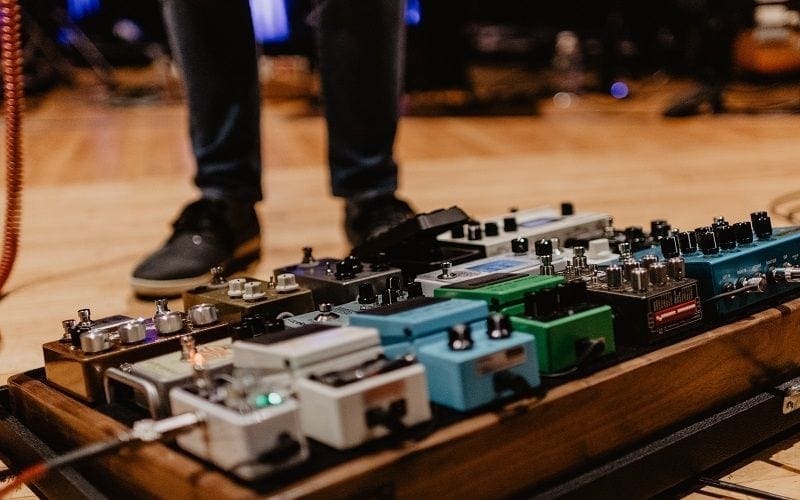
What Is A Distortion Pedal?
Distortion occurs when the gain is added to an audio signal, pushing the signal beyond its peak. This causes harmonic overtones and clips the peaks and valleys of the signal, resulting in compression and sustain. This can be done with any audio signal but is typically avoided in hi-fi audio. For many guitarists, however, this is exactly the sound they are looking for. Distortion can be achieved by turning up the volume on an amp to the point that causes the tubes to overdrive. Many amps utilize a preamp, which can be used to overdrive the input signal at a much lower volume. This is exactly what a distortion pedal accomplishes regardless of the amp it is fed into.
Read more about pedals in this guide to effects pedals.
Capturing Lightning In A Bottle (Or Distortion Pedal)
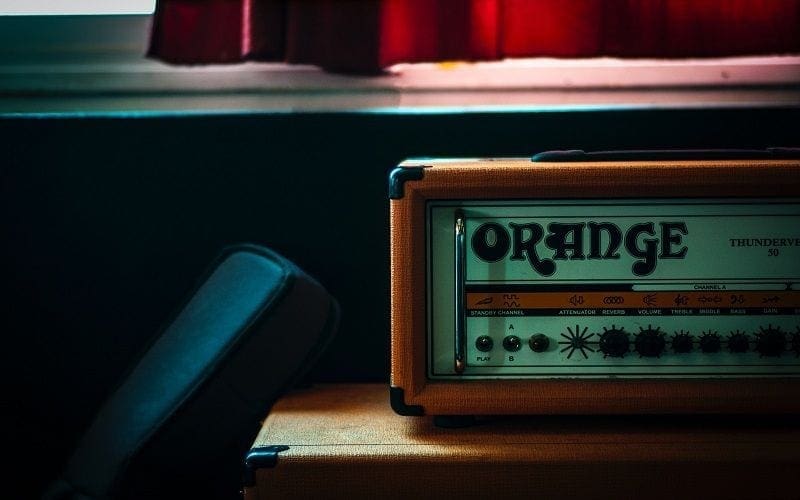
Whether you have a boutique 15W amp that screams, or a 100W vintage Fender engineered specifically to prevent distortion at high volumes, you need a consistent way to reproduce that awesome riff you wrote in your bedroom at 3 a.m.
Distortion pedals serve more functions than simply adding chaos to your riffage. Think of a distortion pedal as a way to dial in a sound and replicate it at a later time, possibly with a completely different gear attached. Beyond the “set it and forget it” approach, distortion pedals can provide slight compression, add a boost, or annihilate your signal, sending your riff into unintelligible sludge. All of which are great uses for a distortion pedal, and a great excuse to own as many as possible. We will explore some pedals I handpicked that are well suited for these various uses a little later.
Dialing The Right Number
Many distortion pedals follow a similar layout of controls. Manufacturers tend to include controls for the actual distortion (Drive, Gain, Distortion, Overdrive, etc), output volume, and some sort of EQ (Treble, Bass, Tone, Shape, etc). Distortion can be achieved without any additional EQ, but where is the fun in that? For anybody who is completely new to the world of distortion, it is best to just start experimenting. Try playing the same riff while you roll each knob up and down, and see how it alters your sound. Be careful timing the level, though! Distortion pedals can boost your volume substantially. Bring the volume up slowly.
Five Flavors To Try: Best Distortion Pedal Picks
Boss SD-1 Super OverDrive Distortion Pedal
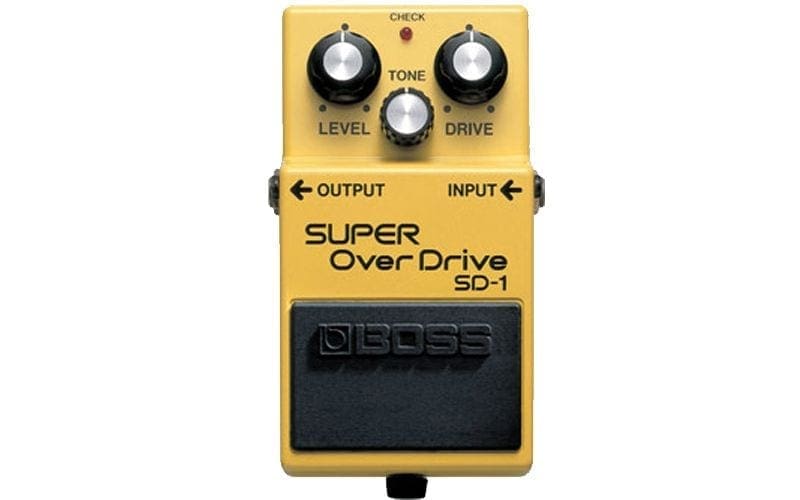
We open our list with a pedal not labeled as a distortion effect but as an overdrive effect. Overdrive pedals essentially boost the output of your signal. The output breaks up as you increase the “Drive”. The Boss SD-1 has a simple layout: Level (Volume), Tone (Same concept as the tone knob on your guitar), and Drive (Distortion).
The first thing you notice with this pedal is that it won’t get you the supersaturated drive and compression you may expect from a distortion pedal – and honestly, that is great. Turn the Drive past 12 o’clock, and you will hear a distinct bite start to cut through. The circuit uses asymmetrical clipping, which is the same thing you would hear from the breakup in a tube amp. This makes for a much more dynamic pedal. Playing softly or rolling back the guitar volume will remove a lot of the distortion. Laying into the strings will force that harder sizzle to surface. The tone can scream and cut through the mix, so many players choose to put these after another distortion pedal as a boost for leads and solos. Notable guitarists who use this pedal include Jimmy Page (Led Zeppelin), Eddie Van Halen (Van Halen), and The Edge (U2).
What I Like:
- Offers clean boost for leads or just enough drive to break up the signal of a clean amp.
- Won’t overdrive to the point of losing tone clarity and burying nuanced playing.
What I Don’t Like:
- Can easily travel from shrill and trebly to woofy with no real “sweet spot” on the tone knob.
- If you are looking for 1 pedal to handle all of your distortion needs, move on.
Boss DS-1 Distortion Pedal
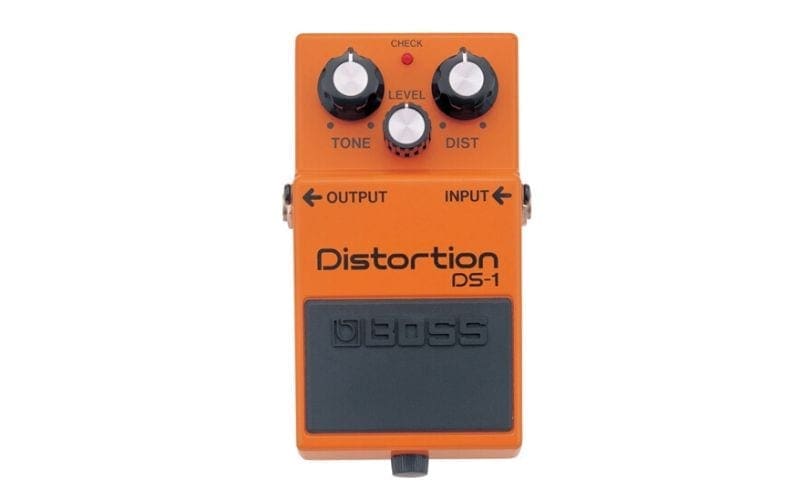
The Boss DS-1 is a straight distortion pedal well-known by many. For any guitarist, a DS-1 is worth its relatively low price in used marketplaces. On the face of the DS-1 is a simple 3-knob interface consisting of Tone, Level, and Distortion (sound familiar?). The similarities to the Boss SD-1 stop there.
Turn up the distortion just a little, and you are already overdriving your sound beyond the max gain of the SD-1. You will also notice considerable compression as you turn up the distortion. This makes the pedal perfect for keeping a consistent drive from palm mute chugs to sweep picking, regardless of how dynamic the player is. With so many options for finely tuned boutique distortion pedals, a lot of players overlook this one, and that is a shame. The DS-1 is worth having around for many genres that use high-gain tones. Notable guitarists who use this pedal include John Frusciante (Red Hot Chili Peppers), Kurt Cobain (Nirvana), and Robert Smith (The Cure).
What I Like:
- Distortion on a budget.
- Great for metal style palm mute chugging.
What I Don’t Like:
- Your sound can easily turn to oversaturated mud if not dialed in properly.
- Not a lot of versatility.
Seymour Duncan Twin Tube Classic Distortion Pedal
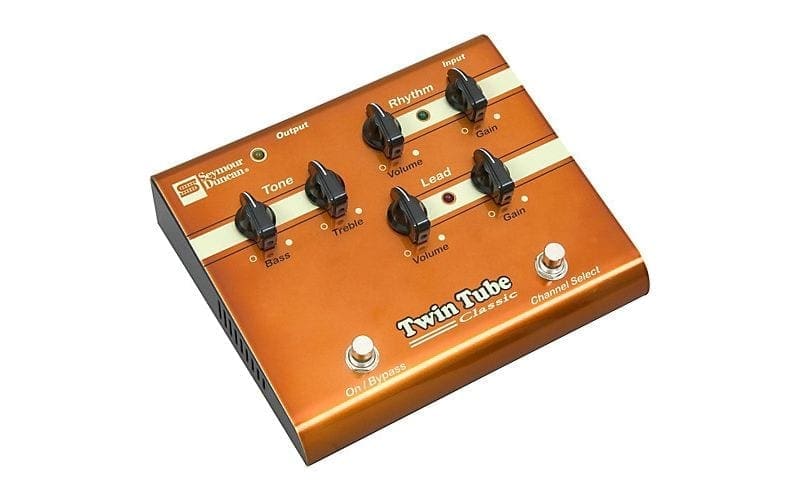
The Twin Tube Classic is a completely different animal altogether. With proprietary vacuum tubes and 2 separate channels, this pedal acts more like a preamp than a distortion effect. On the face, you will find universal Bass and Treble controls, as well as separate Volume and Gain controls for low gain (Rhythm) and high gain (Lead) channels. 2-foot switches toggle channels or bypass the pedal. As the name suggests, The Twin Tube Classic is a match made in heaven for your classic-style tube amp. It shines when paired with a high-wattage single-channel amp, like a Fender Twin Reverb. Adding the Twin Tube Classic to such an amp gives the amp 3 distinctly different channels. You are also given the gift of true tube gain.
Players can match the clean volume on the rhythm channel and boost their lead channel to add more drive and volume or match the lead volume to the rhythm channel, adding more saturated distortion and sustain when switched. The possibilities are seemingly endless in this pedal. The tones achieved can range from classic to modern and make for a versatile and powerful tool to have in your arsenal.
What I Like:
- 2 separate channels make this pedal ideal for transforming a single-channel clean amp into a 3-channel powerhouse.
- Separate Rhythm and Lead channels make easy work of cutting through the mix for those all-important lead licks and solos.
- The EQ section of the pedal doesn’t seem to have any bad settings.
- Overall a very easy pedal to find the tone you want.
What I Don’t Like:
- The Twin Tube Classic requires a 16v AC power supply to feed the step-up transformer to supply high voltage to its tubes. This could be a bit of a pain for players looking for a more streamlined or universal rig. You cannot use a 1-spot or daisy chain to power this pedal.
- Bass distortion pedal and treble settings impact both channels so you can’t have a sludgy rhythm channel with a treble boost on the lead channel
- On the larger size, taking up more precious real estate than the average stompbox.
Way Huge Swollen Pickle

We can’t have a serious conversation about distortion if we don’t address the big fuzzy elephant in the room. A fuzz effect takes your signal, brick-walls it, and forces it into a square wave. This obliterates the tonal quality, leaving a buzzing, clipping, fuzzy sound.
There are many fuzz pedals on the market going back to the 60s, but the Way Huge Swollen Pickle makes this list due to its varied tones and amazing clarity, despite its fuzzed-out sound. On the face, you will find controls for Loudness (Volume), Filter (Similar to tone), Sustain (Drive or fuzz), Scoop (Shapes the thickness of the sound), and Crunch (More drive). These controls make the Swollen Pickle a dream for tone tweakers, but a bit of a headache for players who don’t want to try too hard to dial in their sound. Despite all the fine-tuning, its range of tone and fuzz makes it worth it.
Is there such a thing as a clean-sounding fuzz? If you are wondering whether you can add fuzz to your sound without adding a bunch of unwanted garbage to your signal, the Swollen Pickle may be the answer. Unlike many vintage fuzz pedals, the Swollen Pickle adds little additional noise and unwanted feedback. This can be a great advantage in a sensitive recording space or a smaller venue.
What I Like:
- High variability in sound.
- A fuzz pedal that lets the player shape how it sounds.
- Maintains clarity through its fuzz.
What I Don’t Like:
- Clarity comes at a cost of sounding modern and inauthentic.
- Can be a trial to dial in the sound you have in your head.
Pro Co RAT2

Last on our list is the famous Pro Co RAT2! This pedal is marketed as a distortion/fuzz pedal. For any player looking for a thick, compressed rhythm or lead sound, this is the ticket. On the face, you will find Distortion, Filter (Tone), and Volume knobs. The RAT2 is not a very versatile pedal, but that’s okay. Turn it on and you will hear a saturated pillow of distortion surrounding your riffs. Roll the filter back and forth to open or muffle your sound.
The beauty of the RAT2’s filter knob is that it never gets too bassy or woofy when fully engaged, nor does it ever reach that shrill ear-bleeding treble of some others, making it one of the best distortion pedals. At low levels, the distortion still cuts through and begins to chop your signal into subtle fuzz territory as you near its max. The tonal quality remains the same as you increase your volume and distortion
The Pro Co RAT2 has no ground floor. When engaged, any setting dialed in sounds like a RAT2 – for better or worse. Though this is an ideal pedal for open chords, lead licks, and solos, you will notice the mud thicken when you try performing fast palm mutes a la Megadeath or old Metallica. This is more of a characteristic of the pedal and less of a complaint. Despite some loss in clarity during fast riffs, the Pro Co RAT2 is my top pick for any guitarist looking for a heavy, saturated, and sustained distortion. Notable guitarists who use this pedal include David Gilmour (Pink Floyd), James Hetfield (Metallica), Dave Grohl (Foo Fighters), and Kurt Cobain (Nirvana).
What I Like:
- Even brand new, the price will not break the bank.
- It is hard to find a bad sound with this one.
What I Don’t Like:
- There is no subtlety here. Engaging this pedal will transform your sound into exactly what the RAT2 was put here on earth to do.
Conclusion
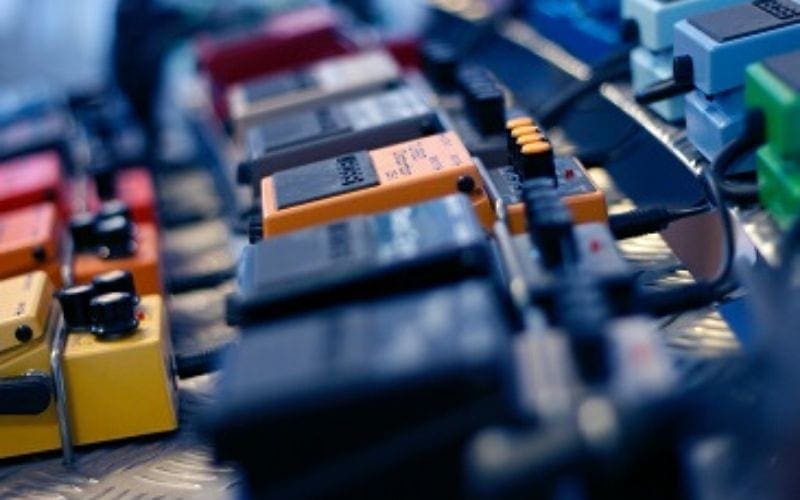
There are hundreds of guitar distortion pedal to choose from these days. If you get overwhelmed or don’t know where to start, remember to think about what your genres of choice are and what functionality/limitations various varieties of distortion pedals offer. Are you looking for something to boost your signal or completely change the character of your sound? Does the pedal need to do more than one thing well? Will you be sticking with one distortion pedal or will you have many in your chain? There are no wrong answers to these questions. No matter what sound you are seeking, three is a distortion pedal (maybe many) out there for you.







